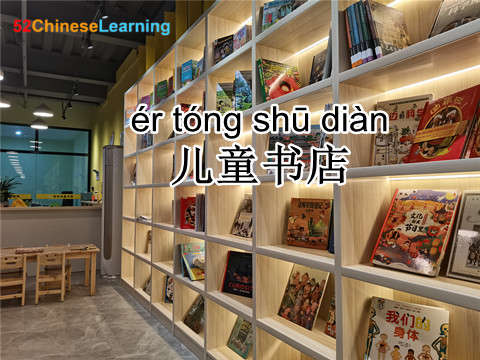Copy link succeeded! Now can share to friends.
In my opinion, the selection of Mandarin reading for kids is much more difficult than that of English reading materials. At least, that’s my case. I’ve got a headache about it. One reason is that my son’s Chinese reading hasn’t officially started yet. Before, I was inclined to study English reading materials; Another more important reason is that Chinese children’s books are far less standardized and mature than English.
The “graded reading”, “bridge books” and “chapter books” are all classified for children’s reading development abroad. They will spend decades marking most bibliographies with indexes according to their difficulty so that readers can see them at a glance and then read accordingly. However, in our country, there is no quantitative reading reference system for Mandarin reading for kids. Instead, it depends more on word of mouth. There’s also a heavy reliance on the teachers, peer recommendations, or business promotion. The other option is trial and error. You need to buy and buy to personally test the water.

In recent years, the formation of a must-read bibliography for grading has been enthusiastically sought after. At that time, when I saw the word “must-read”, my eyes lit up. My interest was piqued when I saw the Ministry of Education or something looking up. After all, for the longest time, looking at and buying these “precious books” was half the battle. After pondering the contents carefully, I can’t help to have some doubts.
Books-No problem, the question is whether they are “required reading”? In fact, some books can only be said to be short stories, such as “Cao Chong’s Image”; Some of them are not even stories with plots, such as Falling Leaves Dancing, My Mother, etc. Are these books really “must-read”? What is the standard of this required reading? Is there an interesting chain behind it? It’s more appropriate to recommend it than to read it.
If kindergartens mainly read picture books with more pictures and fewer words, slowly increasing the word content of the books increases literacy. After entering primary school, it will gradually transition to books with fewer pictures and more words. These materials are what we call “bridge books”. In fact, I still apply this concept according to the English language.
English is the language of our respective countries, so there’s mutual communication. Therefore, reading from young to young, First, it is necessary to gradually change the proportion of pictures and texts, and second, there must be a transitional period for an effective transformation.
Secondly, in terms of style, the choices can be more diversified. Kids can choose among many literary works, such as stories, poems, small essays, etc. Through these, kids can fully understand the application of Fu Bixing techniques, accumulate language sense and materials, and pave the way for writing. For the story category, choose the plot with ups and downs. It is better for stories to have different meanings on many levels. It is also good if it has an unbreakable ending or an open ending. Lastly, it can also practice children’s obedient listening. It also builds the ability to understand speculation.
In addition, the content combined with age, supplements children’s emotional needs, and values guidance. Friendship, for example, is what children have to face when they enter primary school. I don’t think good children’s literature words need to be gorgeous, nor do descriptions need to be colorful, but they must touch the heartstrings. A really good book must impress not only children but also you! However, complex words and complicated sentence patterns will only add pressure to the children who read at an early stage.
Let’s talk about parent-child accompanying. Even young readers should pay attention to the quality of accompanying reading. If parents only read it at hand, with a tone from beginning to end, without interaction it will be ineffective.
Children listen with expectation, then we should seize this opportunity to guide and dig deep with goals: pre-browsing-grasping the rhythm and central idea of the whole story. This is good to match the appropriate intonation, speed, and pause when reading aloud. It is also a good idea to ask questions in time from simple to difficult pronunciations, subject of clauses, figurative objects, implied meanings, etc., to test children’s understanding ability; Literary appreciation-beautiful sentences, parallelism, unique metaphors, and humorous punchlines.
These can be repeated and entertain the kids. Teaching kids also requires some level of enthusiasm. That way, you can mobilize five senses-make parent-child reading more stereoscopic; Parent-child reading aloud-divided into chapters and roles. In short, arouse children’s enthusiasm for reading aloud and gradually approach autonomous reading.
One Mandarin reading, reading the book thick, is equivalent to a mini-Chinese class. I won’t repeat the rest. In short, we should first lower ourselves, empathize and read together, and try our best to help our children fall in love and embark on the road of reading.
Nowadays, children are all busy people. Although the slogans of reading are overwhelming, how much time can be allocated? Mandarin reading is boundless, and in the limited time, parents can only work hard to do a good job in screening and guiding.
Your first 1-on-1 Chinese lesson offer